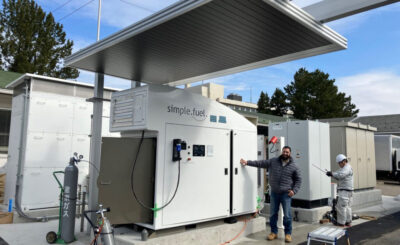Data center consolidation with providers like CentricsIT is an effective way to boost a data center’s efficiency. More businesses are exploring data center consolidation as a cost-cutting strategy. However, before diving headfirst into a consolidation effort, it’s critical to set realistic expectations for the process and have a well-thought-out plan for it. Below are some tips you can employ;
Determine What Data to Consolidate
To optimize the benefits of data consolidation, the first instinct is to consolidate as much data as possible onto as few servers as feasible. However, this isn’t the best option for a multitude of reasons. Due to the performance cost that sharing hardware resources would have on some applications, some data should not be merged. Transactional databases, for example, need a lot of computing power. Other times, during data center migration security concerns, necessitate the storage of some information on different servers. Sensitive data, such as personally identifying information, should be kept, for example, on a separate, more secure server.
Use Active Data Management
Actively managing data during the transition is a more practical approach rather than dumping the data on consolidated servers. Make a list of the existing data in the organization and how much of each sort of data is stored through active data census. The inventory doesn’t have to be extremely detailed or accurate, but it should contain data type growth trends so that the IT department can plan its consolidated servers properly for the future.
Refurbishing Old Equipment
Replacing your equipment can be inconvenient especially if they’ve been working perfectly before. With data consolidation, dragging equipment or fiber optic cables across the state then plugging them back damages them making them almost useless. Before putting cables back into service, they should be recertified, which might be more costly than buying new ones.
Choose a Storage Location for the Data
Determine where the consolidated servers of the company are located. The IT team will prefer a topology that limits the number of hops between the data source on the consolidated server and the data’s consumers to minimize performance hits. Decide which data will go on which server if the company employs many servers. Spread comparable types of data over numerous consolidated servers to reduce the demand for server resources and the risk of a single point of failure. If at all feasible, avoid storing data that have the same usage pattern or require the same kind of resources on the same server.
Make a Cost Estimate
Data Consolidation comes with its costs. Though some data centers can consolidate without adding additional servers, this isn’t always possible. Other businesses discover that they require fewer but more powerful servers. This helps save money in the long term, but the upfront expense of deploying extra servers will still be incurred. Before you commit to data consolidation, find out how much it will cost you.
It’s important to remember that data center consolidation is viewed as a long-term investment. You’ll incur extra costs, such as new equipment and more bandwidth, in addition to the costs, you’ll save by consolidating. However, cost reductions from data center consolidating will grow over time.








